June 23, 2015 | Posted in HISTORIC PLACES | By sockii
Visit Lazzaretto Nuovo for a Haunting Experience in Venice
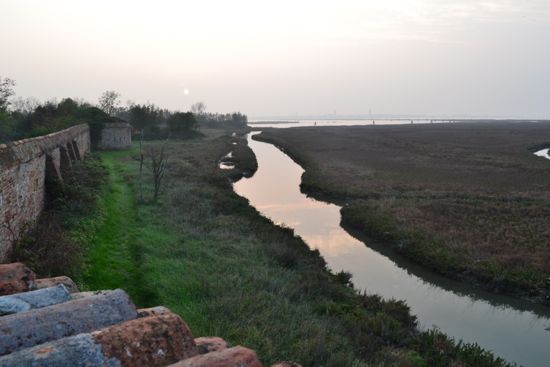
View from atop the perimeter wall on Lazzaretto Nuovo. All photographs on this page are by the author, sockii.
Are you a traveler who likes to explore unusual and offtrack places while on vacation? Planning a trip to Venice in the future? Then one place I recommend visiting while staying in Venice is the island of Lazzaretto Nuovo.
One of many now-abandoned islands in the Venetian lagoon, Lazzaretto Nuovo once played an important part in Venetian history, particularly during years of plague outbreak where it served as a quarantine depot and “decontamination” stop before sailors were allowed passage further on to Venice. Archeologists today have uncovered many interesting artifacts on the island, as well as mass graves of those who succumbed to the plague – including even a supposed “vampire”!
Today visitors are allowed to tour Lazzaretto Nuovo and its archeological museum during the months of April through October. It is a haunting and beautiful experience, providing a contemplative break away from the crowds and fast pace of Venice proper. Read on to learn more about Isola del Lazzaretto Nuovo, its history and how to visit while staying in Venice.
About Lazzaretto Nuovo
The island’s history, in brief
Archeological finds and records indicate that the island to become known as “Lazzaretto Nuovo” was likely inhabited by humans all the way back to the Bronze Age. The earliest written document, from 1015 AD, refers to the island as Vigna Murada (“walled vineyard”.) During the Middle Ages, monks of San Giorgio Maggiore owned the island and constructed a church there dedicated to St. Bartolomew.
However, this island at the very entry point to the Venetian lagoon would prove to have far too strategically important a location to remain a vineyard and religious outpost for very long. The plague was a recurrent, serious problem in the isolated and water-bound republic of Venice. It was important to isolate those sick with the plague when possible – hence the plague islands were established. The first such Lazzaretto was established in the Venetian lagoon in 1423 on Santa Maria di Nazareth near the Lido – also called “Nazaretum”, then “Lazaretum” and today Lazzaretto Vecchio (for “old” Lazzaretto).
Unfortunately, once sent off to this Lazzaretto, few lived to tell the tale…
In 1468, Vigna Murada became Lazzaretto Nuovo (“new” Lazzaretto). Ships sailing to Venice were required to stop here for a mandatory quarantine and decontamination period. Anyone found to be carrying the plague or suspected of being sick would be shipped off to Lazzaretto Vecchio.
Those decreed to be in good health after 40 days of quarantine could pass on through to the other lagoon islands. Goods would be offloaded and stored in the Tezon Grande, a long building in the center of the island which once had open arches to allow air to pass through – this was considered a method of decontamination. Comfortable housing was provided for those in quarantine, with individual kitchens and bathrooms for each – a huge luxury and massive undertaking, as over one thousand individuals might reside on Lazzaretto Nuovo at any one time!
Lazzaretto Nuovo was also used as a recuperation island for those lucky few who survived the plague (and didn’t end up in a mass grave on Lazzaretto Vecchio.)
The island at that time was entirely paved and covered in Venetian brick – trees and plants were not allowed out of belief they spread disease and germs. Doctors visited the island regularly to look for signs of the plague, and the offloaded goods were frequently brushed and beaten with aromatic herbs thought to combat the plague.
The Plague of 1576 was particularly devastating in Venice, leading to the death of 70,000. Mass graves of victims from this plague have been found on Lazzaretto Nuovo as well as Lazzaretto Vecchio, where at its peak more than 500 people a day are believed to have died.
Lazzaretto Nuovo’s use for medical purposes ended in the 18th century, after the fall of the Venetian Republic. The French and then the Austrains turned it into a military outpost, and it was then utilized by the Italian army until 1975. Today it is supported by the Italian Ministry of Arts and Culture and archeologist Gerolamo Fazzini has devoted much of his life to restoring this historic quarantine station, and sharing its story with visitors.
Take a Video Tour of the Island
Experience the mystery and beauty for yourself…
Interesting Fact: The Word “Quarantine” Originated in Venice.
“Quarantine” derives from the Venetian-dialect word “quarantena”, meaning “forty day period”. This was believed to be the amount of time necessary to determine if someone was infected with the Plague as they would develop visible symptoms within that time period.
More Images and Scenes from Lazzaretto Nuovo Today
Getting to Lazzaretto Nuovo
How to plan your visit
Guided tours of Lazzaretto Nuovo take place April through October on Saturdays and Sundays, at 9:45 and 16:30. Reservations are required for large groups and on other days and times – email info@lazzarettonuovo.com or call +39.0412444011. There is no charge for the tour although donations are accepted.
The tour will take approximately 90 minutes, with some time to stroll the grounds, watch an introductory video, and be guided through the exhibits by the island’s tour guide. Please note that the video and tour are conducted in Italian only. However, if you study up on Lazzaretto Nuovo before your visit, there is still much you can get out of the guided tour.
Lazzaretto Nuovo is reachable on the number 13 vaporetto boat, although you must inform the vaporetto conductor you wish to stop there as it will not except on request. The 13 leaves Venice at Fondamente Nuove, then travels to Murano, Vignole, Lazzaretto Nuovo, Sant’Erasmo and then Treporti. From Fondamente Nuove, you will want to catch either the 9:25 or 16:10 departures to get to Lazzaretto Nuovo for the 9:45 or 16:30 guided tours. (Check the vaporetto schedules at the Actv website.)
When you are ready to leave Lazzaretto Nuovo, return to the dock and turn on the beacon light for the direction you wish to travel in: toward Venice or toward Treporti. The next passing 13 vaporetto boat will stop to pick you up – don’t worry, one will be by not long after the tour is finished.
Of course, you could also hire a private water taxi to drop you off and pick you up, but the cost would be much greater than riding the vaporetto.
Don’t forget the bug spray!
Lazzaretto Nuovo was the one place in Venice where I was massively attacked by mosquitoes! While the tour guide will offer you a spritz of bug spray, you may wish to bring your own.
The Cats of Lazzaretto Nuovo
Today, they are the island’s main residents
Learn More About Lazzaretto Nuovo
These links will provide you with more detailed information and history about the island – including the debate spurred by the discovery of a possible “vampire skull” in a mass grave several years ago!
- Isola del Lazzaretto Nuovo | Venezia Official website
- Lazzaretto Nuovo – Wikipedia Italian wikipedia page on Lazzaretto Nuovo.
- Venice Quarantine Islands: Lazzaretto Nuovo Ask A guide in Venice for your guided walking tours of Venice. Professional private and official guides who offer guided walks and tours designed for small groups and independent travellers to explore and discover Venice.
- Medieval ‘Vampire’ Skull Found The remains of a medieval “vampire” have been discovered among the corpses of 16th century plague victims in Venice.
- Vampire of Venice Unmasked: Plague Victim & Witch? A “vampire” unearthed in a mass grave near Venice was unusually old for the Middle Ages, suggesting she may also have been accused of being a witch, according to new research that includes a reconstruction of the medieval woman.
- The Lost Islands of Venice – Articles – Departures Learn more about several of the “lost” islands of the Venetian lagoon, including Lazzaretto Nuovo.
- The best of Venice’s lagoon islands | Things to do in Venice (Condé Nast Traveller) Secret Venice: explore the islands only the locals know
- Plague Vampire Exorcism – Archaeology Magazine Archive From 2006 to 2007, the Veneto Department of National Heritage and Cultural Activities supported research on Lazzaretto Nuovo, where the corpses of plague victims were buried in the 16th and 17th centuries…
- ‘Vampire’ plague victim spurs gruesome debate – today > tech – TODAY.com What may have been an exorcism of a vampire in Venice is now drawing bad blood among scientists arguing over whether gravediggers were attempting to defeat an undead monster.
Recommended Reading
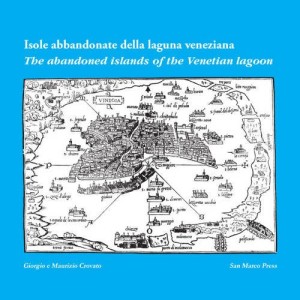 |
“Isole Abbandonate della Laguna / The Abandoned Islands of the Lagoon: Com’ Erano E Come Sono / How They Were and How They Are Now” by Maurizio Crovato
Those with an interest in Venetian history will find fascinating text (in English and Italian), photos and illustrations in this beautiful book. Learn about the many abandoned islands of the lagoon including Lazzaretto Nuovo, La Cura, San Ariano and more. |
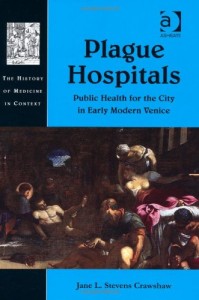 |
Plague Hospitals: Public Health for the City in Early Modern Venice (History of Medicine in Context)
Interested in learning more about how the Venetians attempted to manage and combat the plague? This volume looks at the development of the “lazaretti” quarantine islands and systems in Venice and is the first detailed study of how they functioned, what it was like to live or work there, and just how many lived and survived quarantine. |
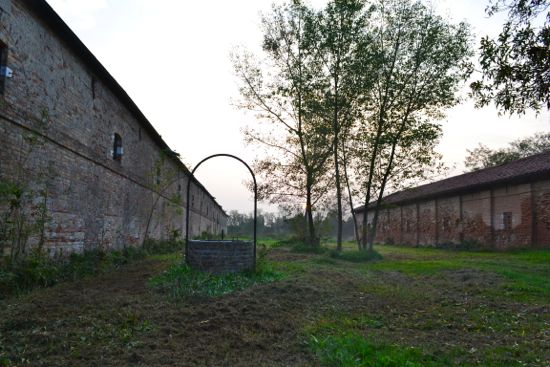
Lazzaretto Nuovo
Related posts at Spacial Anomaly
Table of Contents
sockii
sockii is just your typical Jane-of-All-Trades who never has enough time in her day for all of her projects. She has written for many websites online including Squidoo, Zujava, Yahoo! Contributors Network, HubPages and Wizzley. She has been attending and vending at science fiction and media conventions for over 15 years, and for several years ran an art gallery and jewelry store in Philadelphia. Today she is happy to be living in South Jersey with her partner David and their 6 cats. Sockii is a member of several affiliate sales programs including Amazon Associates and Viglink. Products from these services may be advertised on her posts and pages to generate sales commissions.
Leave a Reply
*
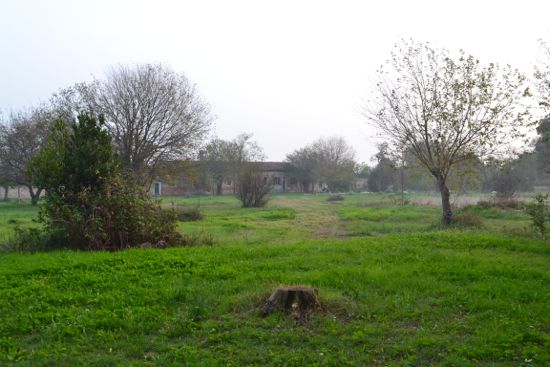
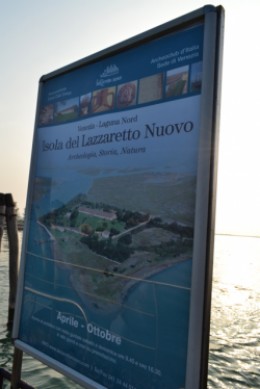
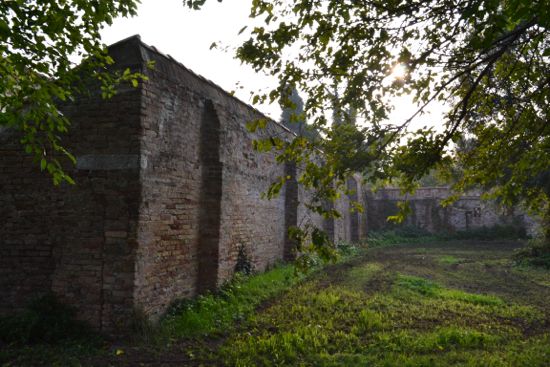
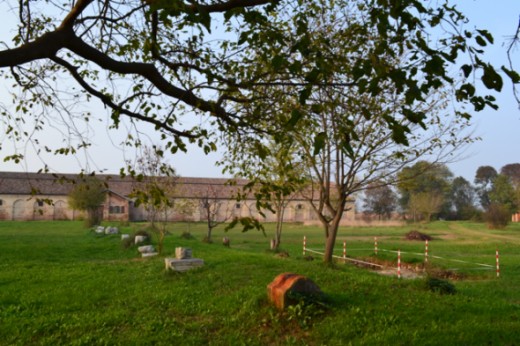
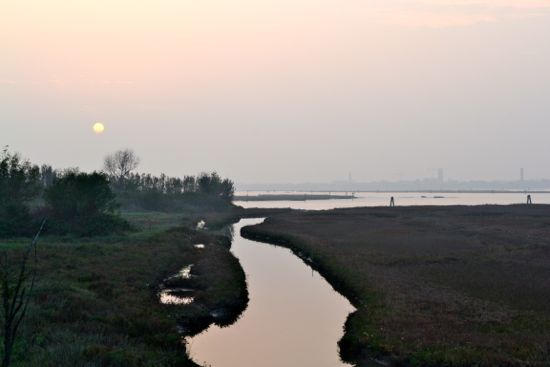
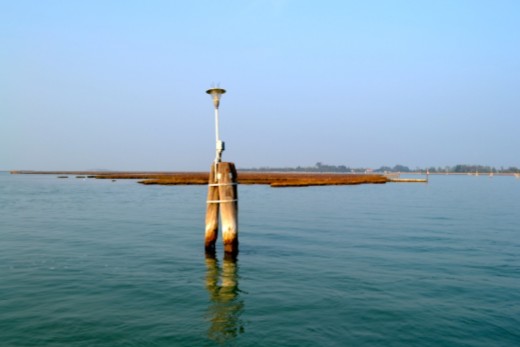
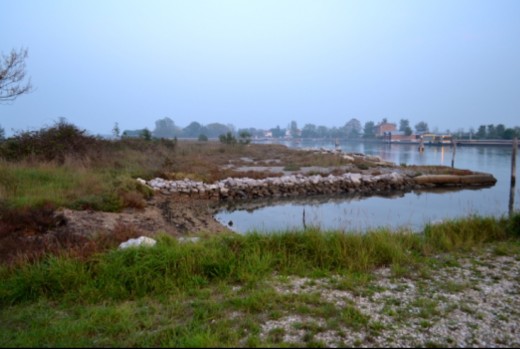
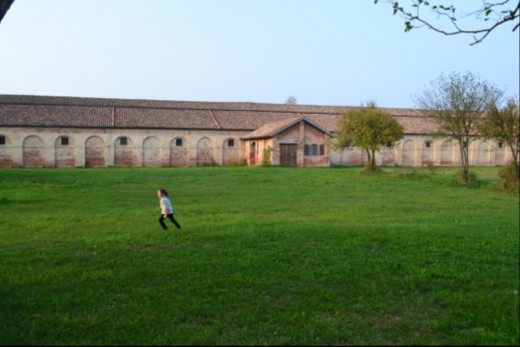
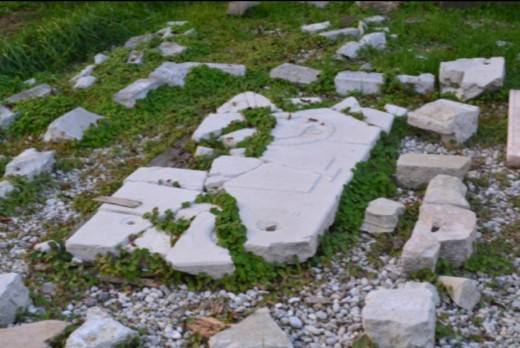
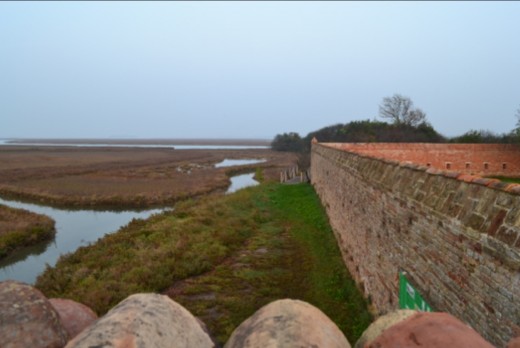
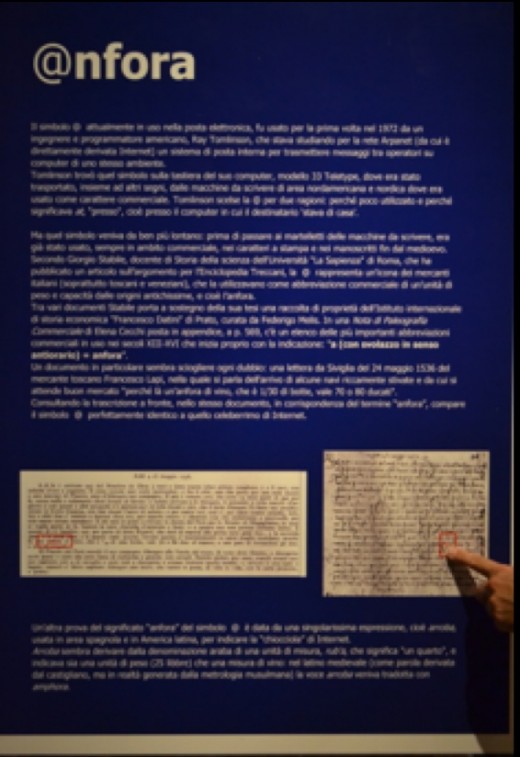
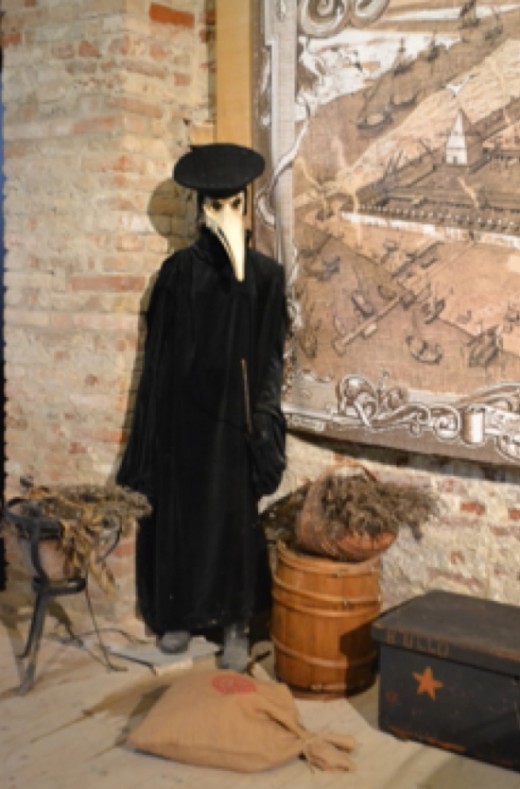
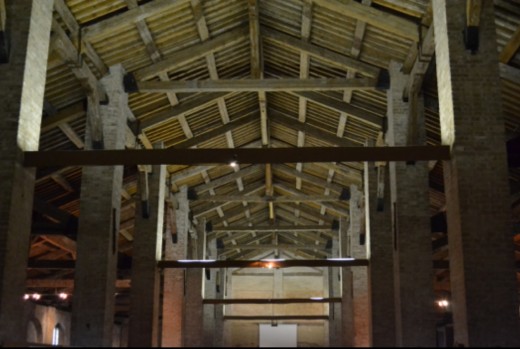
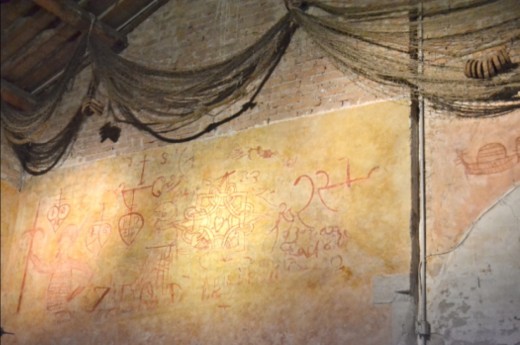
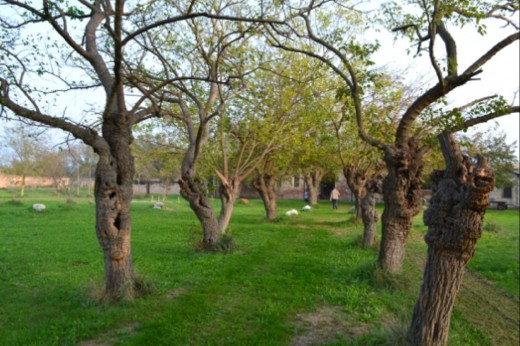
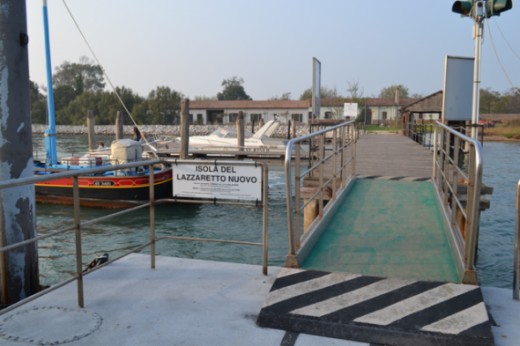
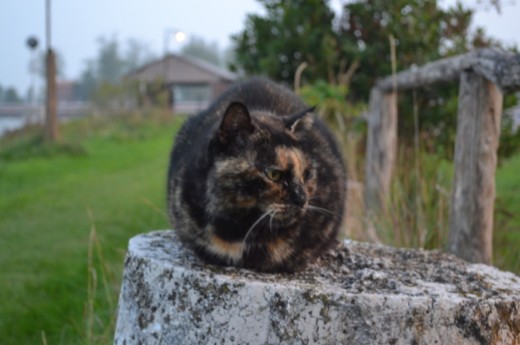
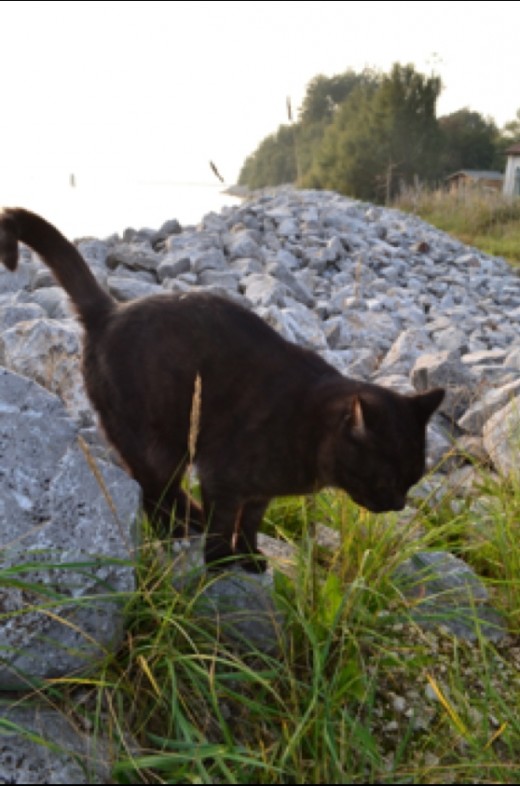
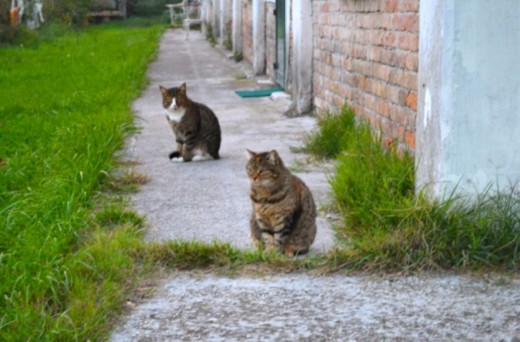
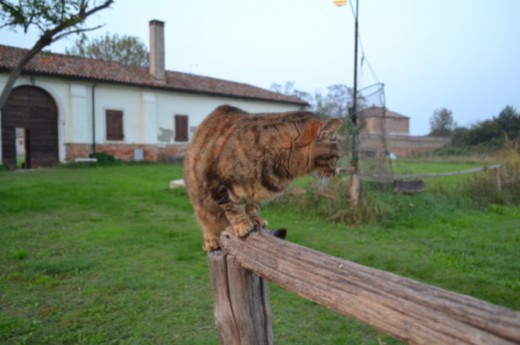
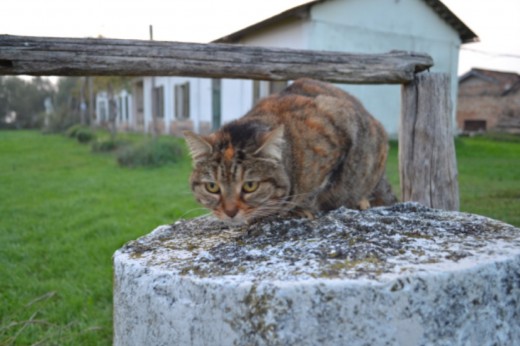
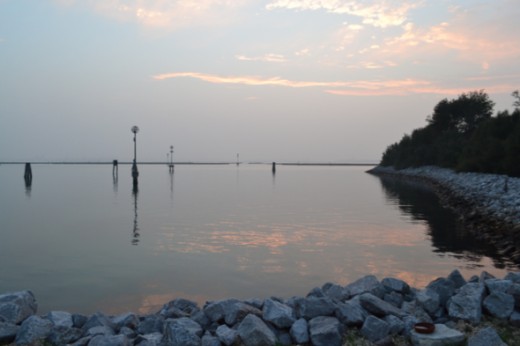












Be the first to comment.